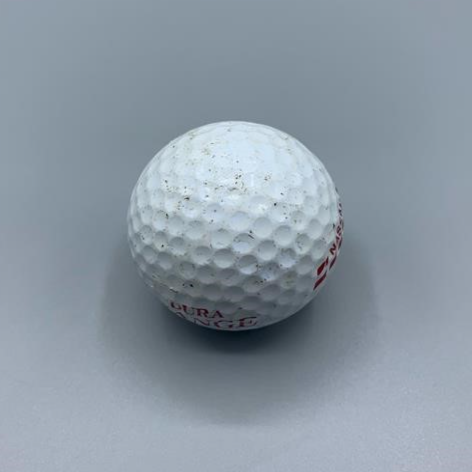Einen Moment bitte
Anfrage Erfolgreich
Wir senden Ihnen zeitnah ein Angebot!
11 Jun 2021
When it comes to the pricing of 3D printed spare parts, many terms are thrown around. Bounding box, material, surface – you can read in this article which of these terms really and generally determine the price. Looking for ready-made spare parts directly? – We also have a shop!
The component volume describes the material volume of the component. This quantity is often very difficult to estimate because of the shape of components. Nevertheless, it is one of the core variables and determines the price. The component volume decides how much of the “raw material” (possibly raw material) is needed. With increasing volume, the amount of raw material for printing increases. Of course, the choice of material and thus the choice of raw material is also decisive for the price. Metals or alloys are particularly price-intensive. However, 3D printing makes it possible to faithfully recreate old components and even surpass the mechanical properties.


The slide rail for a Mercedes Benz engine has the same volume as a golf ball. Estimating the volume of a component based on its external appearance is very difficult. The volume can be determined by means of a 3D scan, for example.
The bounding box describes the smallest cuboid in which the component fits. Put simply, the smallest box in which the component can be packed. The most important thing here is the orientation of the component, which is determined most efficiently by software. Why is the size so important? The bounding box makes us aware of the dimensions of a component. So the maximum distances that are covered in 3D printing become visible. This of course has an impact on the printing and machine time. The longer the printing takes, the higher the price will be – this is also the case with conventional manufacturing processes such as CNC milling.

The bounding box of a golf ball is represented by a cube. The cube describes the maximum traverse paths in 3D printing.
How much this factor is important depends on the application. Every surface of a 3D-printed component has to be retreated. The powder must be removed and the surface must at least be smoothed. There are various processes here, e.g. barrel finishing, sandblasting, gloss compaction or manual regrinding. This also depends on the geometry of the part. If you want to paint or otherwise finish the parts afterwards, these costs will be added.
In conclusion, it can be said that the prices for spare parts from the 3D printer are not exclusively made up of these three variables. However, they do form the basis for the price calculation. With these variables, the exact price can be determined from a CAD file. In addition, the component finishing plays a major role. Components from the 3D printer can be painted or anodised. So nothing stands in the way of true-to-original reproduction! You want to know the price for your spare part? Send us an enquiry!